I can’t wait till this things up and running. It blows my mind to think about the images we’ll soon be seeing…
Colleges
- American Athletic
- Atlantic Coast
- Big 12
- Big East
- Big Ten
- Colonial
- Conference USA
- Independents (FBS)
- Junior College
- Mountain West
- Northeast
- Pac-12
- Patriot League
- Pioneer League
- Southeastern
- Sun Belt
- Army
- Charlotte
- East Carolina
- Florida Atlantic
- Memphis
- Navy
- North Texas
- Rice
- South Florida
- Temple
- Tulane
- Tulsa
- UAB
- UTSA
- Boston College
- California
- Clemson
- Duke
- Florida State
- Georgia Tech
- Louisville
- Miami (FL)
- North Carolina
- North Carolina State
- Pittsburgh
- Southern Methodist
- Stanford
- Syracuse
- Virginia
- Virginia Tech
- Wake Forest
- Arizona
- Arizona State
- Baylor
- Brigham Young
- Cincinnati
- Colorado
- Houston
- Iowa State
- Kansas
- Kansas State
- Oklahoma State
- TCU
- Texas Tech
- UCF
- Utah
- West Virginia
- Illinois
- Indiana
- Iowa
- Maryland
- Michigan
- Michigan State
- Minnesota
- Nebraska
- Northwestern
- Ohio State
- Oregon
- Penn State
- Purdue
- Rutgers
- UCLA
- USC
- Washington
- Wisconsin
High Schools
- Illinois HS Sports
- Indiana HS Sports
- Iowa HS Sports
- Kansas HS Sports
- Michigan HS Sports
- Minnesota HS Sports
- Missouri HS Sports
- Nebraska HS Sports
- Oklahoma HS Sports
- Texas HS Hoops
- Texas HS Sports
- Wisconsin HS Sports
- Cincinnati HS Sports
- Delaware
- Maryland HS Sports
- New Jersey HS Hoops
- New Jersey HS Sports
- NYC HS Hoops
- Ohio HS Sports
- Pennsylvania HS Sports
- Virginia HS Sports
- West Virginia HS Sports
ADVERTISEMENT
You are using an out of date browser. It may not display this or other websites correctly.
You should upgrade or use an alternative browser.
You should upgrade or use an alternative browser.
James Webb Space Telescope updated Jan 13, 2024….😱 Video of discoveries far and near!🧨
- Thread starter The Spin Meister
- Start date
What's the "feels like" temperature given the prevailing solar wind?Oh and coldest temp recording is now -390 F.
At -390 there is no ‘feels like’....not even a ‘holy shit!’What's the "feels like" temperature given the prevailing solar wind?
Here is the latest photo. Little sharper, better aligned.
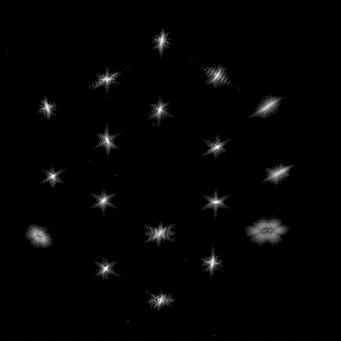
James Webb Space Telescope is nearly halfway through its mirror alignment stages
NASA recently completed the third of seven planned steps to align the 18 hexagonal segments of Webb's mirror, marking nearly the halfway point in a complex, weeks-long process.
My new favorite website. Provides updated 3D image of scope, images on mirrors, temps, location in our solar system.
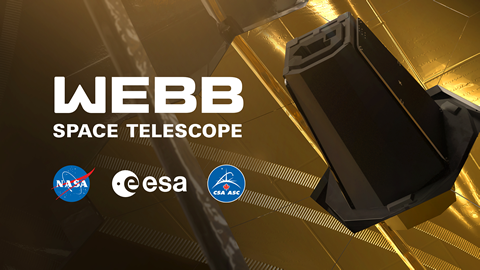

Where Is Webb? NASA/Webb
During Webb's launch, deployment and commissioning, 'WhereIsWebb' tracked Webb's 'flight' to L2 orbit, its state and progress during its deployment and commissioning process, and finally the release of its first images. This process is now complete. During this process, the page constantly...
www.jwst.nasa.gov
From a link from that page....My new favorite website. Provides updated 3D image of scope, images on mirrors, temps, location in our solar system.

Where Is Webb? NASA/Webb
During Webb's launch, deployment and commissioning, 'WhereIsWebb' tracked Webb's 'flight' to L2 orbit, its state and progress during its deployment and commissioning process, and finally the release of its first images. This process is now complete. During this process, the page constantly...www.jwst.nasa.gov
The James Webb Space Telescope has achieved ‘limited diffraction alignment’ meaning as fine as focus as possible. And in the photo you can see multiple galaxies beyond the focusing star. Scientists say it has matched or exceeded their most optimistic expectations!
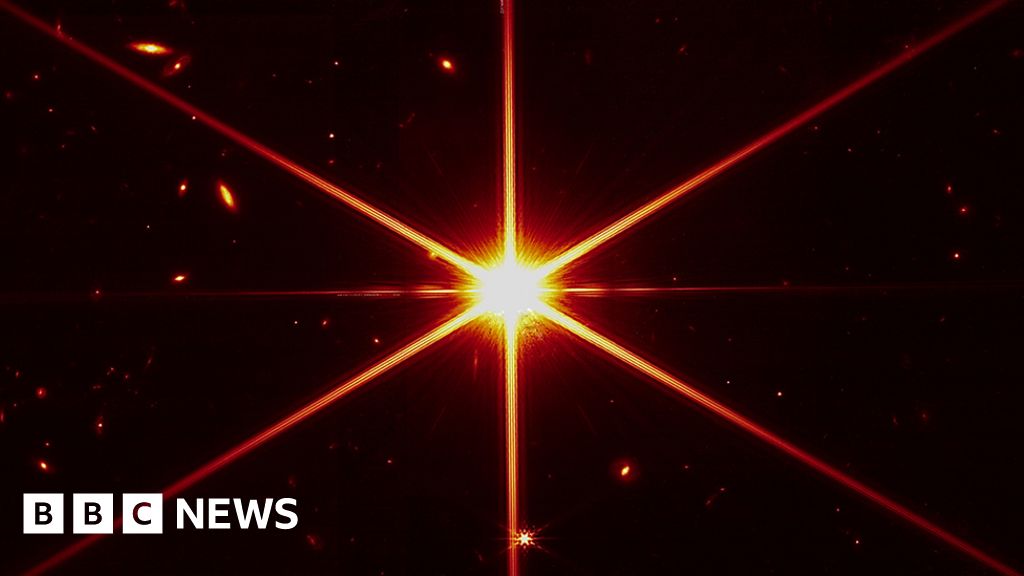
 www.bbc.com
www.bbc.com

James Webb: 'Fully focused' telescope beats expectations
Engineers align the mirrors of the $10bn observatory to produce a pin-sharp image of a star.
One one mile trip to the local dispensary and I can see more than that …
But seriously, very cool to see things progressing.
But seriously, very cool to see things progressing.
Here is a list of the first five operations of the JWST. One is an examination of the Trojan bodies of Jupiter. Seems there are hundreds, if not thousands, of small asteroids and meteorites that are trapped in two of Jupiter’s LaGrange points both in front of and behind Jupiter in its orbital path.
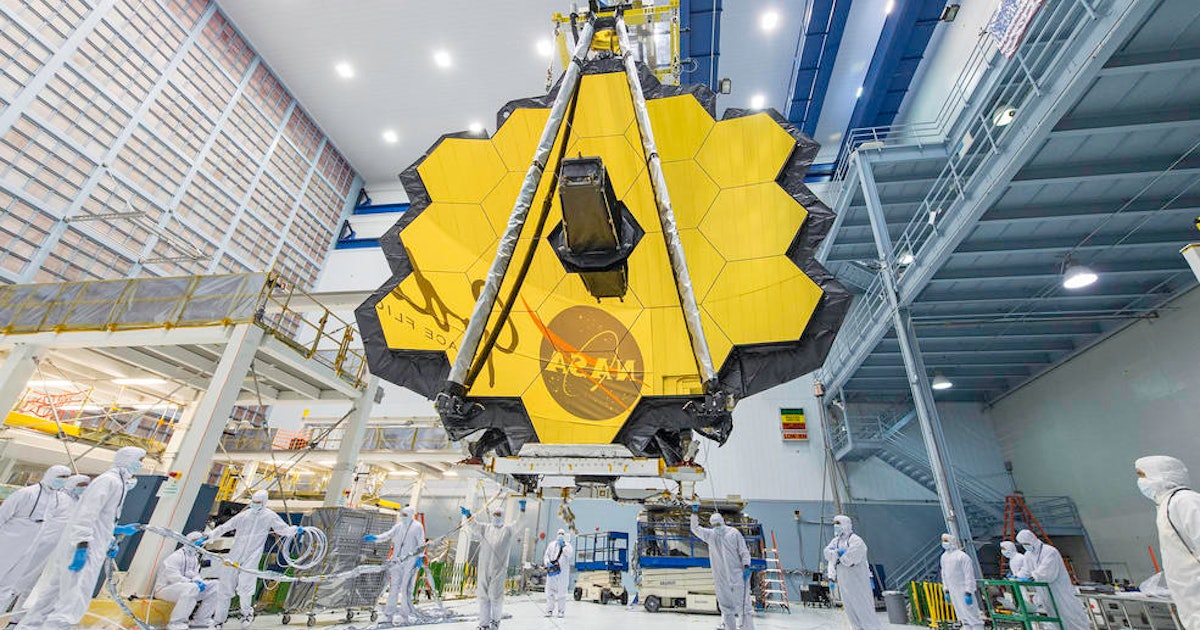
 www.inverse.com
www.inverse.com

James Webb Space Telescope will illuminate these 5 cosmic targets
The James Webb Space Telescope will explore transiting exoplanets, Kuiper Belt objects and the Solar System's strangest phenomena.
Here is a list of the first five operations of the JWST. One is an examination of the Trojan bodies of Jupiter. Seems there are hundreds, if not thousands, of small asteroids and meteorites that are trapped in two of Jupiter’s LaGrange points both in front of and behind Jupiter in its orbital path.

James Webb Space Telescope will illuminate these 5 cosmic targets
The James Webb Space Telescope will explore transiting exoplanets, Kuiper Belt objects and the Solar System's strangest phenomena.www.inverse.com
I didn't know the Webb looked at a different spectrum than the Hubble. What's the purpose of that? Ability to 'see' older parts of the galaxy?
UV or not UV, that is the questionI didn't know the Webb looked at a different spectrum than the Hubble. What's the purpose of that? Ability to 'see' older parts of the galaxy?
Yes, time is the main reason. The universe is expanding and accelerating as it does. So as it speeds up the light waves get expanded similar to the sound waves of a high speed train going by and you here the pitch of the whistle change. With light and distant stars and galaxies the light becomes more infrared instead of visible light. So the JWST has infrared cameras that can ‘see’ the infrared light which will then be computer shifted to pictures we can see.I didn't know the Webb looked at a different spectrum than the Hubble. What's the purpose of that? Ability to 'see' older parts of the galaxy?
That should allow us to see galaxies much farther away and much older. The working theory is that we should be able to study systems that are just a few hundred million years old giving us a much better idea of the early universe..
There are other advantages. Infrared will allow us to study some of the physical and chemical characteristics of planets, asteroids, black holes, galaxies, interstellar dust and much more. This is gonna re-write al the science books in a few years.
Yes, time is the main reason. The universe is expanding and accelerating as it does. So as it speeds up the light waves get expanded similar to the sound waves of a high speed train going by and you here the pitch of the whistle change. With light and distant stars and galaxies the light becomes more infrared instead of visible light. So the JWST has infrared cameras that can ‘see’ the infrared light which will then be computer shifted to pictures we can see.
That should allow us to see galaxies much farther away and much older. The working theory is that we should be able to study systems that are just a few hundred million years old giving us a much better idea of the early universe..
There are other advantages. Infrared will allow us to study some of the physical and chemical characteristics of planets, asteroids, black holes, galaxies, interstellar dust and much more. This is gonna re-write al the science books in a few years.
Thanks.
Here's the graphic I was referring to for followers:
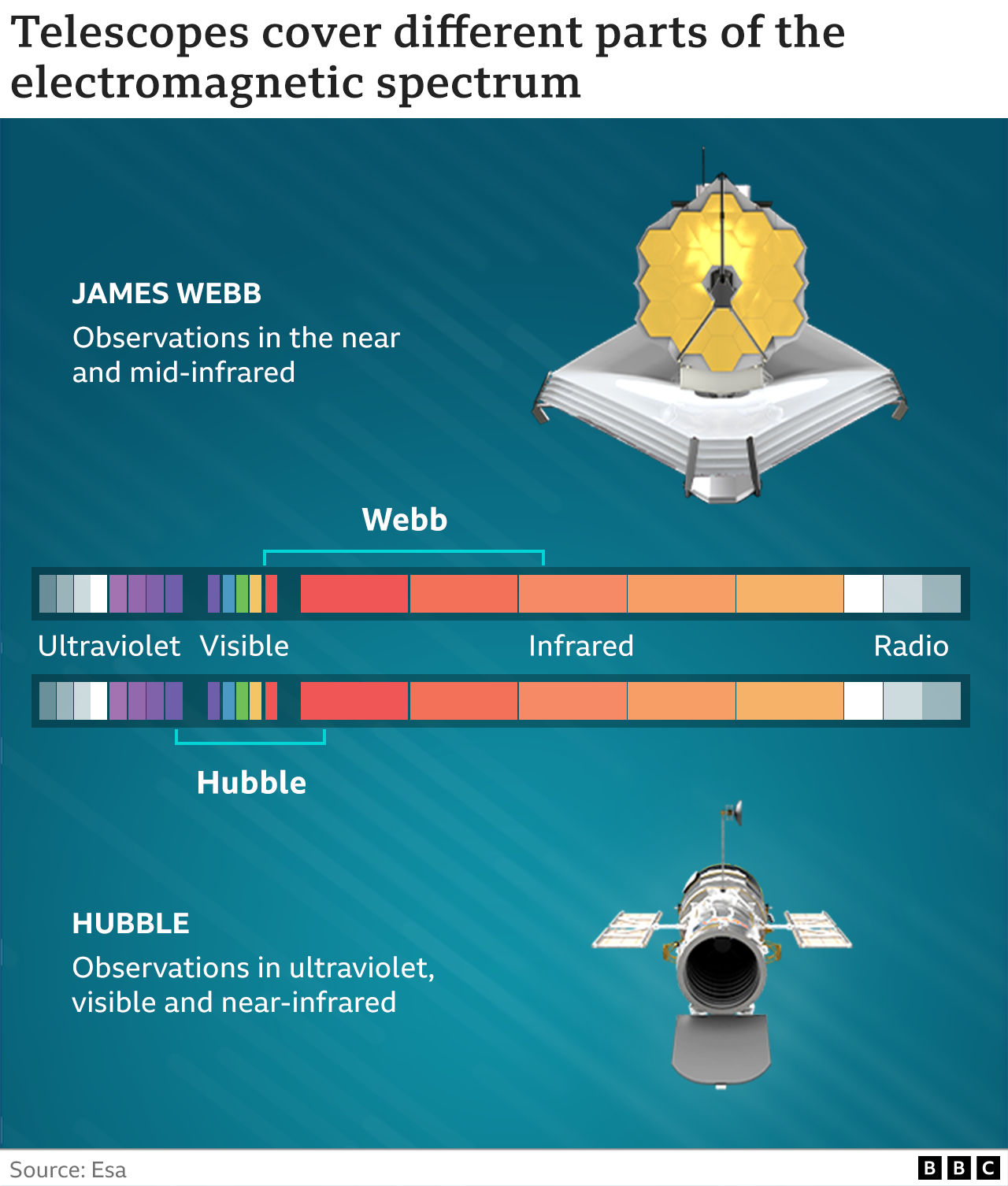
Pretty cool graph. Being mainly infrared is the main reason the scope is a million miles away in the shadow of Earth. It needs to be at near absolute zero temperature for the maximum sensitivity of the infrared sensors to work. Earlier in the thread is a link stating that when you look at a star at night your eye receives thousand of photons per second but the JWST will get just one or two per second.......IIRC!Thanks.
Here's the graphic I was referring to for followers:

Edit: looking at an average star your eye gets around a million photons of light per second. The JWST will get one or two!
Last edited:
Yes, time is the main reason. The universe is expanding and accelerating as it does. So as it speeds up the light waves get expanded similar to the sound waves of a high speed train going by and you here the pitch of the whistle change. With light and distant stars and galaxies the light becomes more infrared instead of visible light. So the JWST has infrared cameras that can ‘see’ the infrared light which will then be computer shifted to pictures we can see.
That should allow us to see galaxies much farther away and much older. The working theory is that we should be able to study systems that are just a few hundred million years old giving us a much better idea of the early universe..
There are other advantages. Infrared will allow us to study some of the physical and chemical characteristics of planets, asteroids, black holes, galaxies, interstellar dust and much more. This is gonna re-write al the science books in a few years.
Visible light does not become "more infrared" it just shift a bit in the visible color spectrum.
Yes, it’s called the red shift. But it shifts far enough that the Hubble can’t photograph it. So wouldn’t that mean it’s more infrared? Or more accurately, more to the infrared band?Visible light does not become "more infrared" it just shift a bit in the visible color spectrum.
Yes, it’s called the red shift. But it shifts far enough that the Hubble can’t photograph it. So wouldn’t that mean it’s more infrared? Or more accurately, more to the infrared band?
The Hubble and other visible ban telescopes can see the "red shift". It's done all the time. The universe is not expanding that fast.
Yes, other instruments pick up infrared light including Infrared light resulting from an expanding universe that causes a red shift in light waves. The JWST will be far more sensitive to that red shifted light.The Hubble and other visible ban telescopes can see the "red shift". It's done all the time. The universe is not expanding that fast.
The James Webb Space Telescope picks up infrared light that is just outside of the part of the spectrum that’s visible to human eyes. There’s a good reason for this: Due to the expansion of the universe, light from distant objects shifts to longer wavelengths at the redder end of the spectrum. What’s more, newly formed stars and planets are hidden behind dust that soaks up visible light. Webb’s infrared gaze will be able to pierce through that dust, revealing what’s behind.

The James Webb telescope will soon be hunting for 'first light'
Unlike Hubble, the James Webb Space Telescope can see wavelengths outside of the visibility of human eyes. This "first light" can reveal details of the origins of the universe.
Yes, other instruments pick up infrared light including Infrared light resulting from an expanding universe that causes a red shift in light waves. The JWST will be far more sensitive to that red shifted light.
The James Webb Space Telescope picks up infrared light that is just outside of the part of the spectrum that’s visible to human eyes. There’s a good reason for this: Due to the expansion of the universe, light from distant objects shifts to longer wavelengths at the redder end of the spectrum. What’s more, newly formed stars and planets are hidden behind dust that soaks up visible light. Webb’s infrared gaze will be able to pierce through that dust, revealing what’s behind.

The James Webb telescope will soon be hunting for 'first light'
Unlike Hubble, the James Webb Space Telescope can see wavelengths outside of the visibility of human eyes. This "first light" can reveal details of the origins of the universe.www.popsci.com
Now you are starting to make sense.
It's expanding faster that the speed of light. That's pretty fast.The Hubble and other visible ban telescopes can see the "red shift". It's done all the time. The universe is not expanding that fast.
That would be a first........Now you are starting to make sense.
The star in last images is 100 times fainter than one we can see with the human eye. And all the galaxies seen in the background are all new discoveries we never saw before.
The star, known as HD84406, is 100 times fainter than what can be seen with the human eye. The star itself is of little interest, lovely though its image is – instead, astronomers are captivated by the spray of tiny dots scattered across the background. Each is a distant galaxy, and this is the first time we’ve ever been able to capture them.
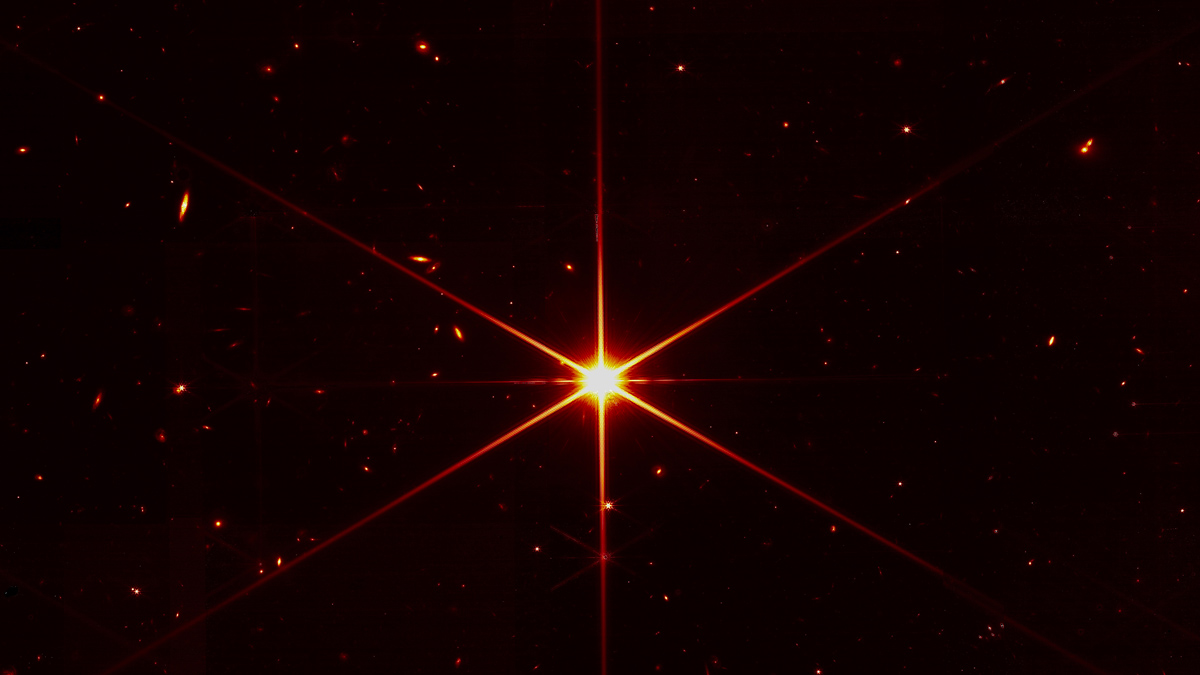
 cosmosmagazine.com
cosmosmagazine.com
The star, known as HD84406, is 100 times fainter than what can be seen with the human eye. The star itself is of little interest, lovely though its image is – instead, astronomers are captivated by the spray of tiny dots scattered across the background. Each is a distant galaxy, and this is the first time we’ve ever been able to capture them.

James Webb telescope: first images better than expected
The James Webb telescope has sent back its first focused images, and they have exceeded all hopes and expectations. Read on for details.
Speechless… 😳The star in last images is 100 times fainter than one we can see with the human eye. And all the galaxies seen in the background are all new discoveries we never saw before.
The star, known as HD84406, is 100 times fainter than what can be seen with the human eye. The star itself is of little interest, lovely though its image is – instead, astronomers are captivated by the spray of tiny dots scattered across the background. Each is a distant galaxy, and this is the first time we’ve ever been able to capture them.

James Webb telescope: first images better than expected
The James Webb telescope has sent back its first focused images, and they have exceeded all hopes and expectations. Read on for details.cosmosmagazine.com
Wow, next space telescope could be 100 times stronger than the JWST by using a liquid lens. Some cool stuff.
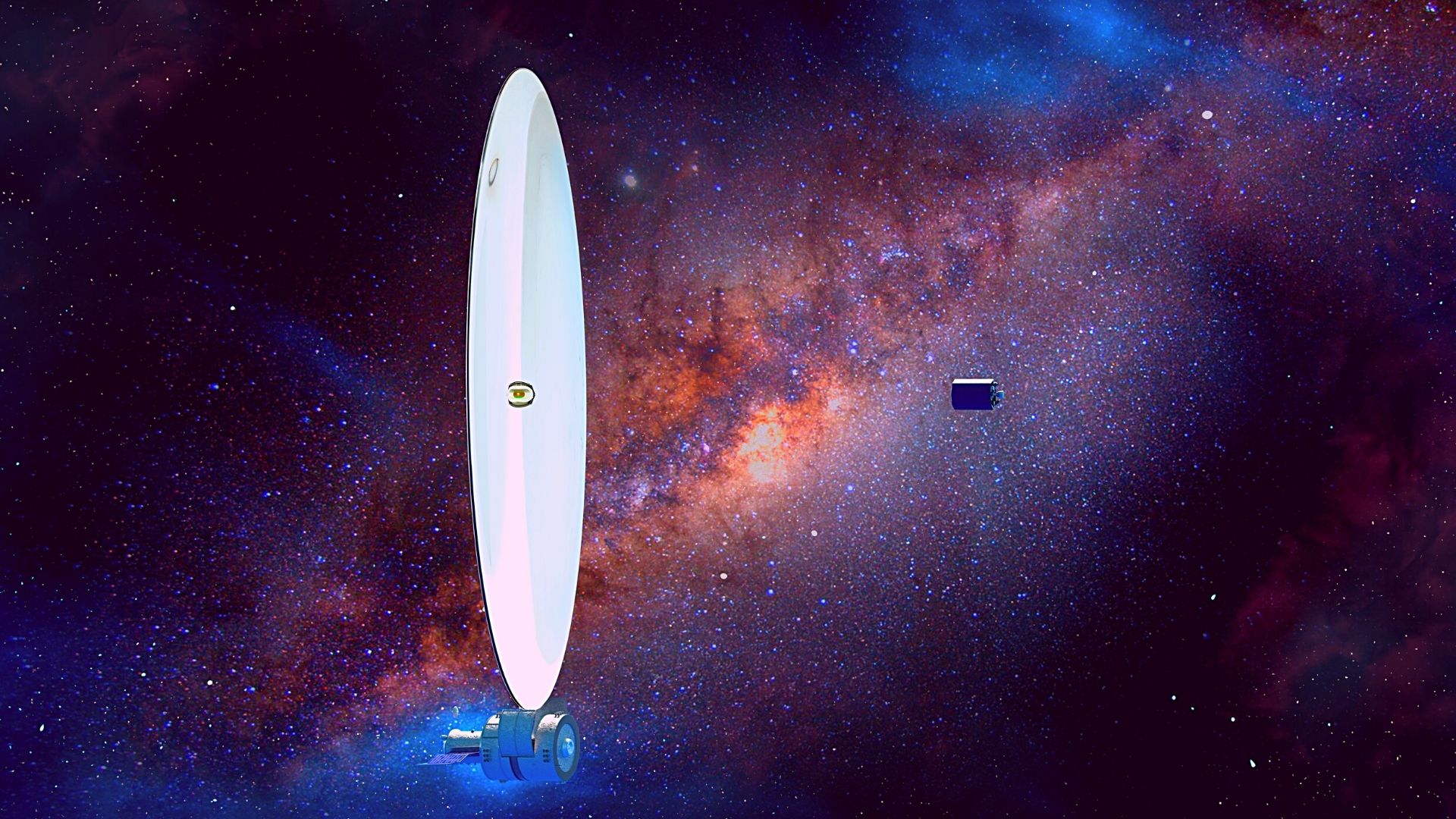
 interestingengineering.com
interestingengineering.com

NASA's next-gen space telescopes could dwarf Webb. By using liquid lenses?
They could even "eliminate the effect of gravity".
Last edited:
Oh and coldest temp recording is now -390 F.
What is liquid at that temperature?Wow, next space telescope could be 100 times stronger than the JWST BYU using a liquid lensSome cool stuff.

NASA's next-gen space telescopes could dwarf Webb. By using liquid lenses?
They could even "eliminate the effect of gravity".interestingengineering.com
Probably nothing. These lenses will be built in some space station in orbit somewhere with some substance that will harden and maintain its shape. Then be used in assembling a new scope.What is liquid at that temperature?
So the JWST is continuing to cool. It is down to -401 F but that isn’t low enough yet. And even in deep space it won’t cool enough passively so there is a cryogenic cooler on it to lower its temp another 40 degrees or so lower. Gonna be a couple more months before it reaches that temp and final adjustments are made.

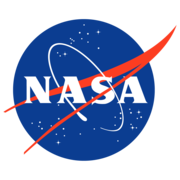 www.jwst.nasa.gov
www.jwst.nasa.gov

Cryocooler - NASA Science
Image: Cryocooler Engineering Challenge Being an exquisitely sensitive infrared astronomical observatory, the James Webb Space Telescope’s optics and scientific instruments need to be cold to suppress infrared background “noise.” Moreover, the detectors inside each scientific instrument, that...
Last edited:
These chips get so hot that space can’t cool them enough, right? That’s insane…So the JWST is continuing to cool. It is down to -401 F but that isn’t low enough yet. And even in deep space it won’t cool enough passively so there is a cryogenic cooler on it to lower its temp another 40 degrees or so lower. Gonna be a couple more months before it reaches that temp and final adjustments are made.

Cryocooler - NASA Science
Image: Cryocooler Engineering Challenge Being an exquisitely sensitive infrared astronomical observatory, the James Webb Space Telescope’s optics and scientific instruments need to be cold to suppress infrared background “noise.” Moreover, the detectors inside each scientific instrument, that...www.jwst.nasa.gov
Last edited:
Latest news is the infrared instrument has reached its targeted temp of -447 F. So every piece of the JWST is now operational and operating as designed. They will be taking some test photos and fine tuning things for a month or so and then the fun starts!
Oops, had wrong link!
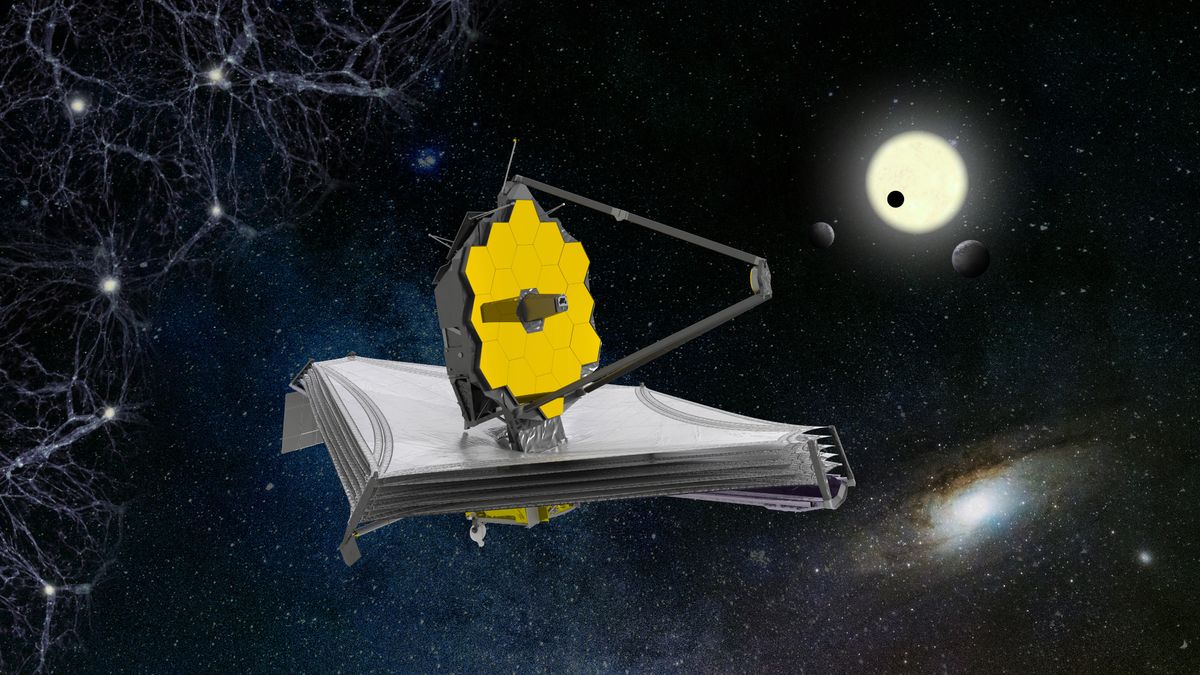
 www.space.com
www.space.com
Oops, had wrong link!

Final James Webb Space Telescope instrument reaches super-cold operating temperature
'We spent years practicing for that moment,' team member says of rapidly completing instrument calibration.
Last edited:
NASA released a set of photos from all instruments. Said the JWST is exceeding our most optimistic goals. The photos are very sharp and just flooded with images of starts and galaxies never seen before.
One quote .....”profoundly changed the way I see the Universe.....is quite amazing considering these photos are still just test photos and the real science is yet to commence. A year from now they will be rewriting the physics of the universe.
Imagine you are a grad student or doctoral candidate and half of what you have been taught as fact is about to change. Has to be exciting, scary, maddening, and frustrating all at once.
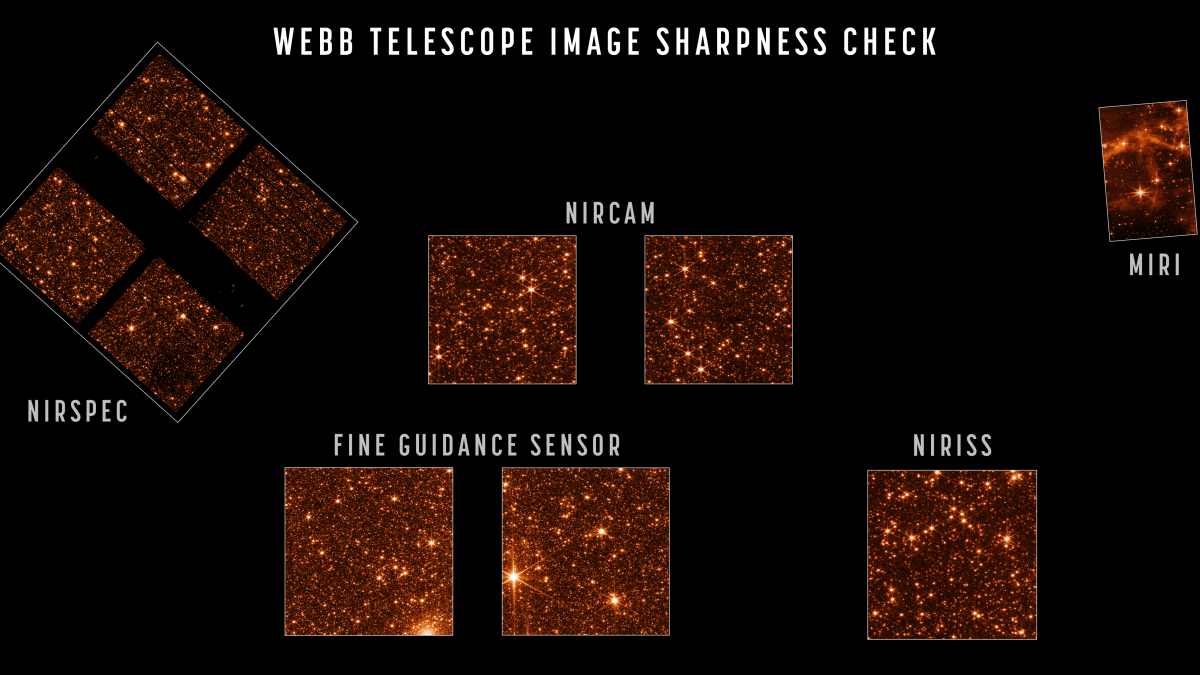
 www.space.com
www.space.com
One quote .....”profoundly changed the way I see the Universe.....is quite amazing considering these photos are still just test photos and the real science is yet to commence. A year from now they will be rewriting the physics of the universe.
Imagine you are a grad student or doctoral candidate and half of what you have been taught as fact is about to change. Has to be exciting, scary, maddening, and frustrating all at once.

Sharp pictures! James Webb Space Telescope completes alignment in huge milestone
The Webb team can now proceed with science instrument commissioning.
Last edited:
NASA released a set of photos from all instruments. Said the JWST is exceeding our most optimistic goals. The photos are very sharp and just flooded with images of starts and galaxies never seen before.
One quote .....”profoundly changed the way I see the Universe.....is quite amazing considering these photos are still just test photos and the real science is yet to commence. A year from now they will be rewriting the physics of the universe.
Imagine you are a grad student of doctoral candidate and half of what you have taught as fact is about to change. Has to be exciting, scary, maddening, and frustrating all at once.

Sharp pictures! James Webb Space Telescope completes alignment in huge milestone
The Webb team can now proceed with science instrument commissioning.www.space.com
This entire project cost $10bln?
Or just the telescope? I saw that referenced in the article.
Don’t know for sure. I think it is $10 B to get to this point....build, launch, and get operational. If it lasts for 10-15 years as expected the cost will likely go up.This entire project cost $10bln?
Or just the telescope? I saw that referenced in the article.
Anyone know?
Don’t know for sure. I think it is $10 B to get to this point....build, launch, and get operational. If it lasts for 10-15 years as expected the cost will likely go up.
Anyone know?
I found this. Seems like $11bln in today's dollars up to 60 months from launch. A relative bargain considering what we spend on other things.
The James Webb Space Telescope (JWST) is expected to cost NASA $9.7 billion over 24 years. Of that amount, $8.8 billion was spent on spacecraft development between 2003 and 2021; $861 million is planned to support five years of operations. Adjusted for inflation to 2020 dollars, the lifetime cost to NASA will be approximately $10.8 billion.
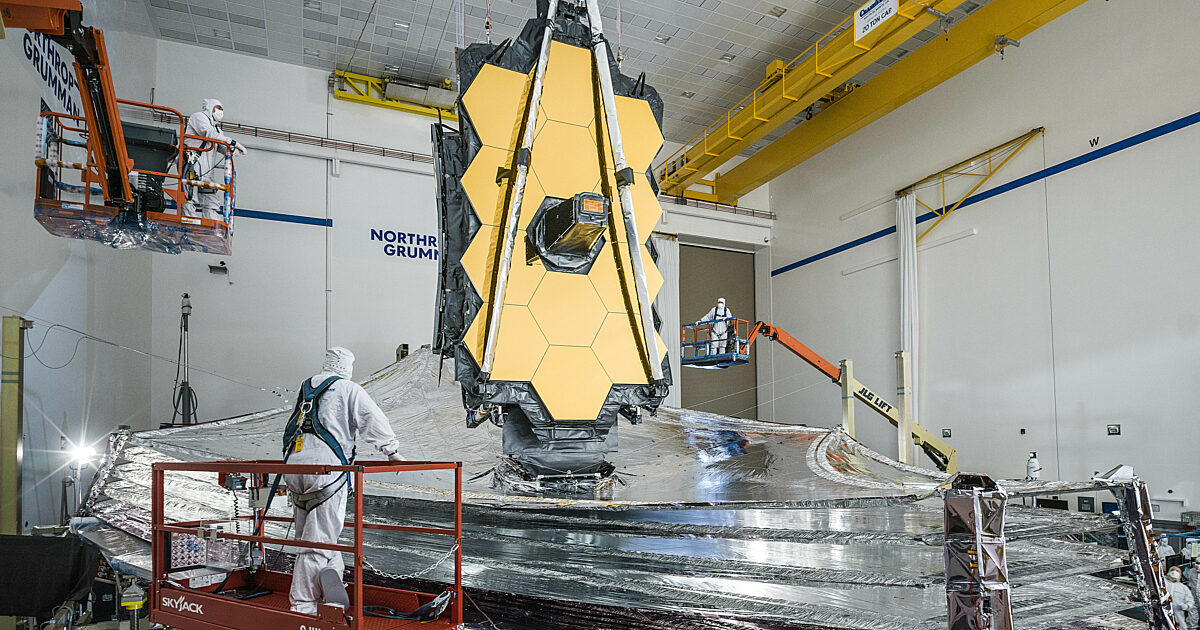
How much does the James Webb Space Telescope cost?
Find annual expenditures, charts, and comparisons for NASA's expenditures on the James Webb Space Telescope, including contributions from the European…
 www.planetary.org
www.planetary.org
Sort of crazy you can build the world's most powerful telescope and have world leading experts evaluating the data for a decade for $10 Billion or you can 'lose' $100 billion in Covid funds that have been illegally handed out.I found this. Seems like $11bln in today's dollars up to 60 months from launch. A relative bargain considering what we spend on other things.
The James Webb Space Telescope (JWST) is expected to cost NASA $9.7 billion over 24 years. Of that amount, $8.8 billion was spent on spacecraft development between 2003 and 2021; $861 million is planned to support five years of operations. Adjusted for inflation to 2020 dollars, the lifetime cost to NASA will be approximately $10.8 billion.

How much does the James Webb Space Telescope cost?
Find annual expenditures, charts, and comparisons for NASA's expenditures on the James Webb Space Telescope, including contributions from the European…www.planetary.org
Latest news. NASA released a photo of the Large Magellanic Cloud and a comparison to an older photo by the Spitzer satellite. Huge improvement. But didn’t say date the older photo was taken. Great detail.
https://www.space.com/james-webb-space-telescope-commissioning-update-may-2022
https://www.space.com/james-webb-space-telescope-commissioning-update-may-2022
Still on schedule for early summer first imageLatest news. NASA released a photo of the Large Magellanic Cloud and a comparison to an older photo by the Spitzer satellite. Huge improvement. But didn’t say date the older photo was taken. Great detail.
https://www.space.com/james-webb-space-telescope-commissioning-update-may-2022
NASA announced first true images will be released on July 12. Will not say what they will be studying but did say it will include spectrography and other science explaining the images. And utilizing the entire package of Web instruments. Plus some of science and analysis behind the previously releases test images.Still on schedule for early summer first image
how much do you want to bet it is a photo of a hot chick on the beach in Rio or Hvar Croatia?NASA announced first true images will be released on July 12. Will not say what they will be studying but did say it will include spectrography and other science explaining the images. And utilizing the entire package of Web instruments. Plus some of science and analysis behind the previously releases test images.
And now some bad news. The Webb mirrors have been hit by three micrometeoroids and one a little,larger. Damage is minimal and not expected to impact quality.
Small micrometeoroids were expected over time. But the larger one surprised operators as unexpected so soon. It hit mirror C3 but all is well......so far.
Small micrometeoroids were expected over time. But the larger one surprised operators as unexpected so soon. It hit mirror C3 but all is well......so far.
One NASA official says we are just beginning to understand just what Webb can do.

 www.space.com
www.space.com

James Webb Space Telescope 1st photos will include 'deepest image of our universe'
Here's a sneak peek at what to expect on July 12.
ADVERTISEMENT
ADVERTISEMENT